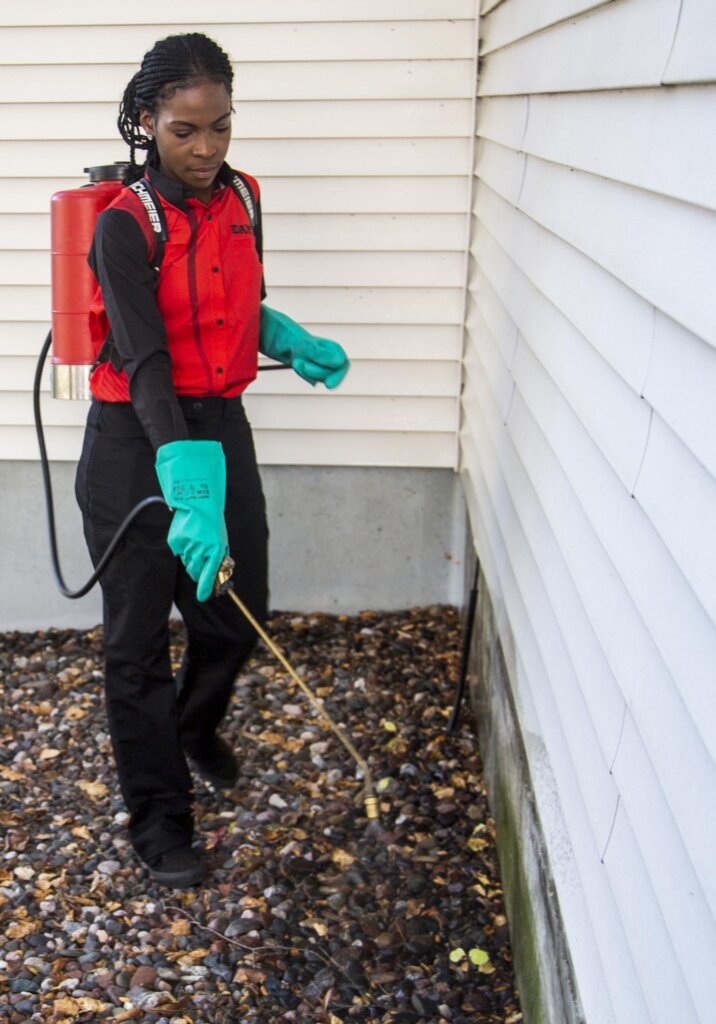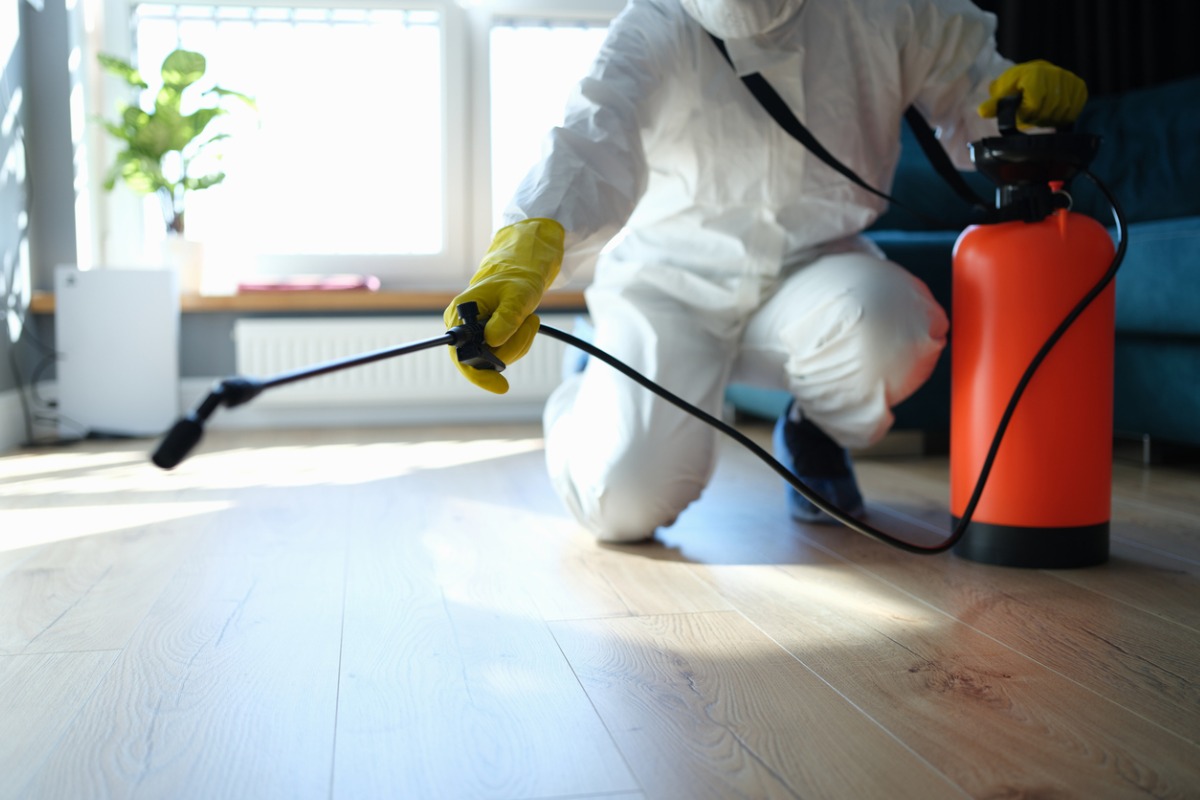Skilled Residential and Commercial Services by Pest Control Lockhart
Skilled Residential and Commercial Services by Pest Control Lockhart
Blog Article
Checking Out Infestation and Therapy Strategies on the planet of Insect Control
The landscape of pest control incorporates a myriad of challenges, specifically as invasions of usual home pests continue to progress. Understanding the actions and reproductive patterns of these problems is critical for establishing reliable treatment approaches. By incorporating preventive procedures with advanced administration strategies, such as Integrated Insect Monitoring (IPM), property owners can much better protect their settings. However, the efficiency of these approaches may vary dramatically based on certain circumstances. What hidden variables contribute to the success or failing of these approaches in different settings?

Common Home Vermin
When it pertains to handling our home, recognizing usual house pests is important. These insects not just interrupt our convenience however can likewise present health and wellness dangers and damage residential property. One of the most widespread house parasites consist of ants, roaches, rodents, termites, and bed insects.
Ants, typically seen foraging in kitchen areas, can contaminate food and develop big nests. Cockroaches, recognized for their strength, can activate allergies and spread pathogens. Rodents, consisting of computer mice and rats, can create structural damage and lug conditions like hantavirus and salmonella. Termites, commonly referred to as "silent destroyers," can endanger the stability of wood structures, leading to pricey repair services. Bed insects, although not disease service providers, can trigger significant pain via their bites and lead to psychological distress.
Identifying the indications of these insects, such as droppings, nests, or attack marks, is necessary for early treatment (Pest Control Lockhart). Proper hygiene methods, sealing access points, and keeping a clutter-free atmosphere are reliable preventative procedures. By identifying these typical house insects and understanding their habits, property owners can take aggressive steps to minimize infestations, making certain a healthier living atmosphere
Understanding Insect Infestations
Insect infestations can escalate promptly, turning a small annoyance into a considerable trouble otherwise attended to promptly. Comprehending the nature of these problems is crucial for efficient monitoring. Insects can attack residential and industrial areas for numerous factors, including the search for food, shelter, or breeding grounds. Usual factors adding to invasions consist of poor sanitation, structural vulnerabilities, and seasonal adjustments that drive pests inside.
Identifying the kind of parasite is essential, as various varieties exhibit diverse habits and reproductive rates. For example, rats might develop nests in concealed locations while bugs like cockroaches flourish in damp environments. Early detection typically hinges on identifying indicators such as droppings, chomp marks, or unusual noises, which can indicate a trouble prior to it becomes extreme.
Cozy, humid climates can assist in the rapid growth of parasite populations, while modifications in landscape design or construction can unintentionally develop conducive environments. An educated strategy to understanding these dynamics lays the foundation for reliable pest administration approaches in the future.
Therapy Methods and Techniques
Efficient therapy approaches and strategies are important for alleviating parasite problems and restoring a safe environment. A multifaceted method is commonly best, including chemical, organic, and mechanical strategies tailored to the particular insect and the seriousness of the problem.
Chemical treatments include using insecticides and herbicides, which can efficiently get rid of insects. Correct application and adherence page to safety and security standards are critical to decrease threats to human beings and non-target organisms. Integrated Pest Management (IPM) encourages the wise use chemicals as a last hope, depending instead on monitoring and limit levels to identify intervention demands.
Biological control approaches include introducing all-natural predators or bloodsuckers to lower bug populations. This strategy is progressively popular, he has a good point especially in agricultural setups, as it promotes ecological sustainability.
Mechanical approaches, such as traps and obstacles, offer prompt relief from pests without introducing chemicals. Alternatives include sticky catches for insects or physical obstacles for rodents.
Eventually, the choice of therapy method should think about the certain insect, the setting, and prospective effect on human health and environments. A balanced mix of these strategies can successfully take care of invasions while advertising lasting insect control options.
Preventive Steps for Residence
Proactively dealing with parasite issues before they intensify is essential for maintaining a healthy home atmosphere (Pest Control Lockhart). Applying reliable preventive actions can considerably lower the likelihood find more of invasions, eventually guarding both your residential or commercial property and wellness

Appropriate landscaping also plays an important function in avoidance. Keeping bushes and trees trimmed away from your house reduces the chances of parasites locating their means inside your home. Moreover, make sure that drainage systems are functioning efficiently to avoid standing water, which can pull in insects and other insects.
Finally, routine inspections are suggested. Consistently looking for signs of pest task enables for very early intervention. By taking on these precautionary steps, homeowners can produce an atmosphere that is much less friendly to insects, thereby improving their general lifestyle and lowering the need for extensive parasite control treatments.
Industrial Parasite Control Techniques
A detailed technique to industrial bug control is vital for businesses aiming to keep a risk-free and hygienic atmosphere. Reliable techniques entail a mix of normal examinations, employee training, and the execution of Integrated Bug Monitoring (IPM) practices.
Normal examinations make it possible for very early detection of pest task, permitting prompt intervention. Businesses must develop a routine timetable for these assessments, focusing on risky locations such as kitchens, storage areas, and garbage disposal sites. Staff member training is similarly critical; staff should be enlightened on the signs of parasite problems and the importance of reporting them instantly.
Executing IPM techniques aids mitigate insect problems sustainably. This includes habitat alteration, such as sealing entry points and minimizing clutter, in addition to utilizing natural deterrents before considering chemical treatments.

Furthermore, teaming up with a qualified bug control service provider ensures accessibility to specialist expertise and innovative therapy alternatives. This collaboration can bring about customized bug control plans tailored to the specific requirements of the service, minimizing threats and enhancing overall efficiency. Ultimately, a positive and educated approach cultivates a pest-free atmosphere, guarding both public health and wellness and organization online reputation.
Final Thought
In final thought, reliable pest control necessitates a thorough understanding of typical house parasites and their behaviors, coupled with targeted treatment methods. Implementing preventive procedures together with treatment approaches such as Integrated Bug Monitoring and biological control boosts the capability to reduce problems.
Report this page